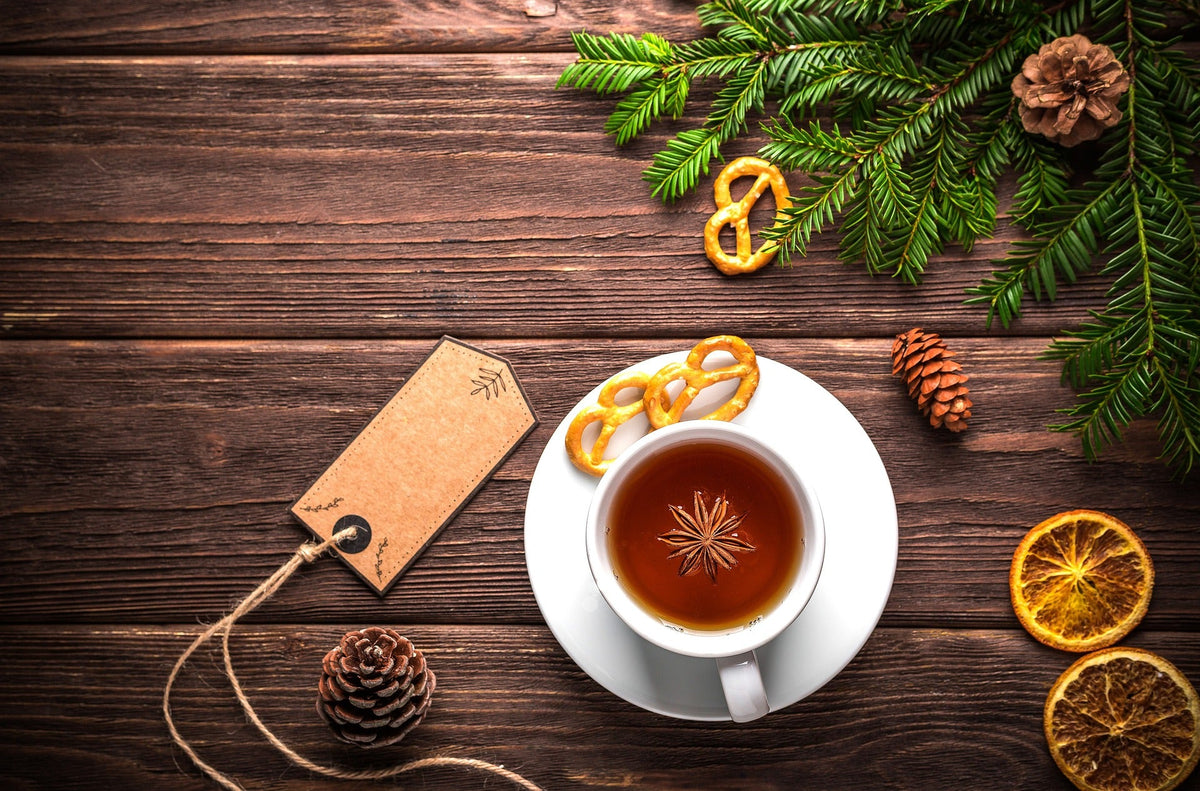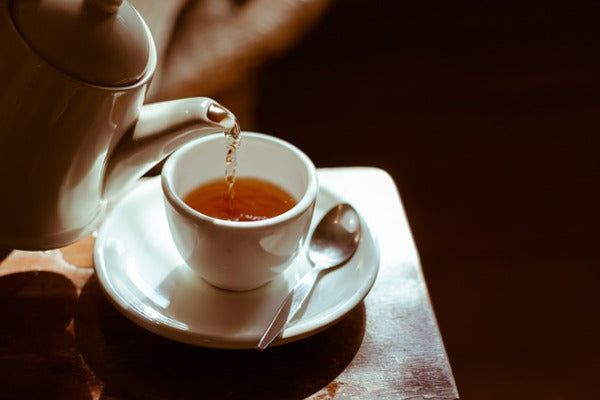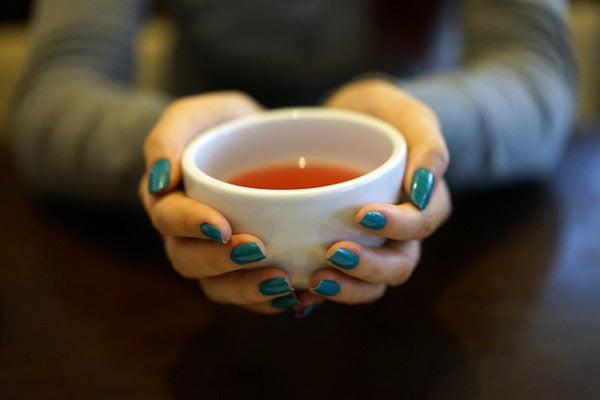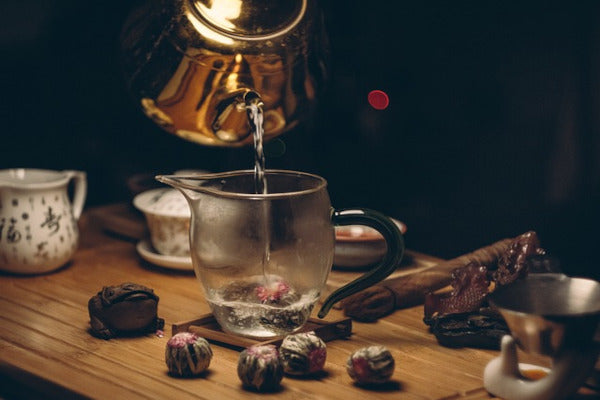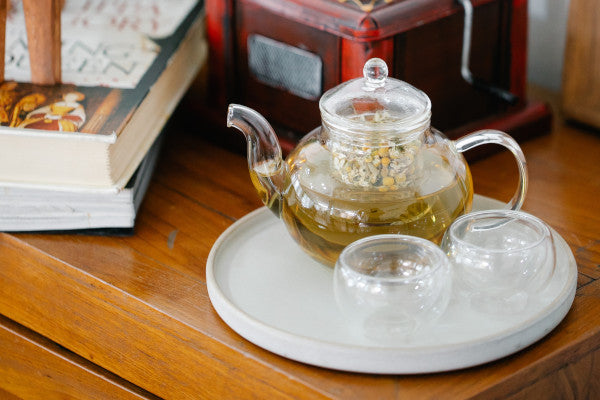Hibiscus tea is also known in many places as mallow tea, and in North Africa as "Karkade" or "Karkad." Made from the calyxes of the Hibiscus sabdariffa, this tea is very healthy and is very popular in African teahouses. However, here you can read briefly how to prepare and use this healthy tea and how it can help.
What diseases does hibiscus cure?
Hibiscus tea and its medicinal properties are worth knowing about. It's used to strengthen the immune system and lower blood pressure due to its vitamin C, flavonoids, pectin, and fruit acids content.

What is hibiscus and what is it used for?
Hibiscus flower tea, its deep red color, not only tastes delicious—its slightly tart flavor is sometimes compared to that of cranberries or red currants—but it is also healthy and can help treat various ailments.
Among the benefits of hibiscus tea is that it can lower blood pressure, a study in which a group of women and men with blood pressure values between 120 and 150 mmHg drank three cups of hibiscus tea every day for six weeks, while the comparison group received a placebo.
The placebo group only managed to reduce this index by 1.3 mmHg. This effect is achieved thanks to secondary substances in Hibiscus sabdariffa, such as flavonols and anthocyanins. They also have antioxidant, i.e., detoxifying, properties.
You can drink hibiscus tea to lose weight and strengthen your immune system. Since the plant is also high in vitamin C, hibiscus tea is believed to boost the immune system.
In addition, hibiscus contains mucilage, which relieves cold symptoms such as cough, hoarseness, and sore throat. And the tea has a positive effect on the kidneys.
Note: Drinking tea is not recommended during pregnancy. and breastfeeding only chamomile.
What is hibiscus tea made of?
It can grow from two to three meters tall and produces dark green leaves with three to five lobes. Hibiscus flowers measure up to 15 centimeters and have three to five petals, pale yellow with a dark red center and a bright red outer calyx.

How should I take hibiscus?
Use dried flowers for hibiscus tea. The more intense the red color of the dried flowers, the more aromatic the flavor of the prepared hibiscus tea will be.
The deep red color of hibiscus flowers gives the tea its deep red color. The dried petals are dark red. You can buy hibiscus tea freely in health food stores, pharmacies, and tea shops.
Furthermore, it's scientifically proven that drinking about two cups of tea a day can lower blood pressure. Drinking more than three cups a day is not recommended.
What part of the hibiscus is used?
To make your own hibiscus tea, you'll need a good handful of hibiscus flowers for a cup of tea. Pour boiling water over them and let them steep for six to eight minutes, but no longer, otherwise your hibiscus tea will be too bitter.
The citric, malic, and tartaric acids in tea give it a fruity, tangy flavor. Honey or sugar sweetens the drink. This healthy and flavorful tea tastes good both hot and cold.
Can Hibiscus sabdariffa also be grown here?
African hibiscus can also be grown here: the annual mallow can be sown in a greenhouse or on a windowsill at a temperature of around 22 degrees Celsius in loose, nutrient-rich soil containing clay.
Once the seeds have germinated, transplant the seedlings into larger pots and keep them at a constant temperature of 22 degrees Celsius. A warm greenhouse is a good place to keep them. Water them regularly and make sure they receive enough light. Pruning the plant will make it more compact.
Since Hibiscus sabdariffa is a short-day plant, it won't flower until autumn, when daylight hours are no longer than twelve. Once the fleshy red sepals have begun to bloom, they can be dried in a warm, ventilated place and used to make tea.

What does hibiscus flower taste like?
Prepared hibiscus tea can be complemented with a little ginger or fresh mint. This tea is a vitamin C powerhouse when prepared with rosehip tea. This tea is often used in many fruit tea blends for its aromatic flavor and red color.
During the summer months, hibiscus iced tea serves as a refresher.
Tip: If you mix the organic iced hibiscus tea with mineral water, squeeze a lemon or lime, and add a few lemon balm, rosemary, or mint leaves, it's ideal for quenching your thirst on hot days.
At Tetique, we are passionate about tea and pride ourselves on offering only the best products to our customers. If you're looking for a way to stand out from the competition and offer a unique tea experience to your customers, don't hesitate to contact us for more information about our loose tea and infusions ! We guarantee that both you and your customers will be delighted with the quality and flavor of our products. We have eye-catching infusion displays ideal for cafes , bakeries, restaurants, and hotels.


